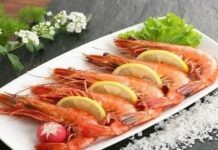Mention the forest ebony and many will recall the familiar nursery rhyme: “Rain falls softly, ebony bears fruit, young girls find their charm…”. These simple lyrics have been etched in the minds of Western children for generations, intertwined with the rainy season and clusters of ripe, dark purple fruit. As the first rains of late May arrive, the ebony tree blooms and bears fruit, heralding a sweet summer.
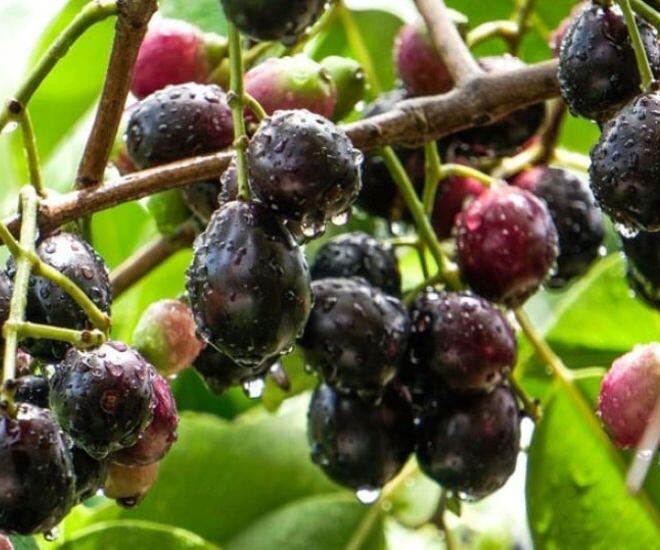
Forest ebony, also known as wild ebony or forest elder, has long grown wild in the mountains of the Western region. This tree thrives in the cool, mountainous climate, requiring no care or watering, yet it produces tiny white flowers and clusters of dark, juicy berries. Locals call ebony a “gift from heaven” for its simplicity and abundance, bestowed by nature.
Ebony flowers typically bloom in early summer, pure white and emitting a subtle fragrance. As the flowers fall, green berries appear, gradually turning red, then purple, and finally a glossy black when ripe. Each berry is no larger than a fingertip, oval-shaped, but when ripe, it becomes a deep purple, plump, and irresistibly tempting. From late May to July in the lunar calendar is the peak season for ebony, when the trees are laden with fruit and markets, both rural and urban, are filled with its distinctive purple hue.
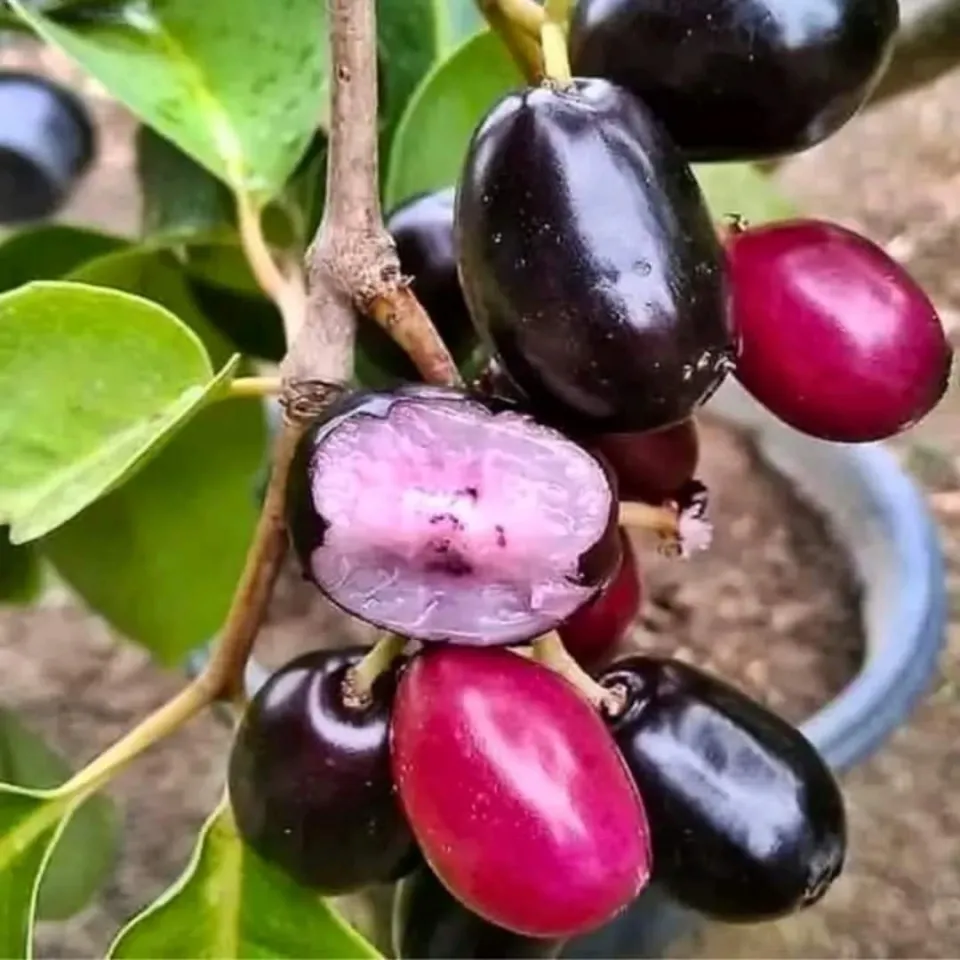
What makes forest ebony berries unforgettable is their unique flavor: a blend of tartness, sweetness, and a hint of bitterness. The taste is both familiar and novel, leaving a lasting impression. Western children often gather to pick and eat the berries on the spot or enjoy them with salt and chili—a simple yet irresistible treat.
For urban dwellers, forest ebony sparks curiosity and novelty. Though small, the berries carry the essence of the countryside, serving as both a snack and a bridge to childhood memories.
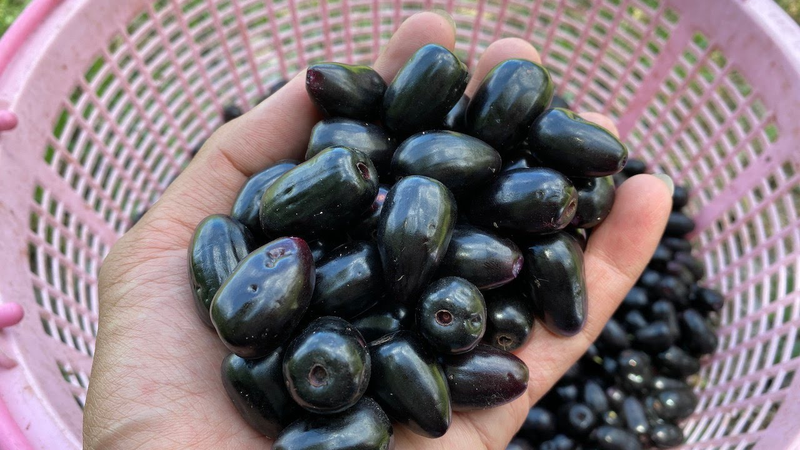
Beyond its delightful taste, forest ebony is packed with nutrients. The berries are rich in vitamins A, C, riboflavin, thiamine, choline, folic acid, and niacin. Their primary sugars, glucose and fructose, provide energy and are easily absorbed.
Studies show that ebony berries contain high levels of polyphenol antioxidants, which stabilize blood sugar and protect insulin-producing pancreatic cells from free radicals. Polyphenols also reduce inflammation and slow starch digestion, preventing sudden spikes in blood sugar.
Additionally, the berries’ abundant vitamin C and iron enhance hemoglobin production, improve oxygen transport in the blood, and detoxify the body. With about 55 mg of potassium per 100 grams, ebony berries support heart health, reducing the risk of high blood pressure, arterial hardening, and stroke. These benefits make forest ebony not just a snack but a valuable natural remedy.
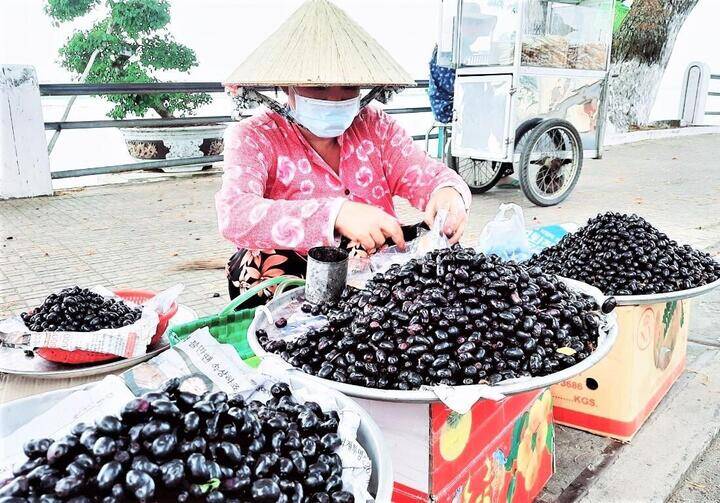
Today, forest ebony is no longer an obscure fruit. Urban markets embrace it as a unique, nutritious delicacy. On online marketplaces and e-commerce platforms, ebony berries sell for 100,000–130,000 VND per kilogram, significantly higher than in the past. Despite the price, demand remains strong due to their distinctive flavor and health benefits.
In Nui To commune (Tri Ton, An Giang), many households still cultivate a few ebony trees around their homes. During the season, they harvest the fruit to supply neighboring provinces and Ho Chi Minh City. Ebony trees begin bearing fruit at seven years old and can live over 50 years, with older trees yielding more fruit. However, harvesting is labor-intensive: pickers must climb tall trees and carefully pluck each ripe cluster by hand.
Some farmers have begun cultivating ebony as a cash crop, creating an additional income source. This reflects the elevated economic value of a once-wild fruit.
For many in the Western region, ebony berries are more than just fruit—they symbolize cherished memories. The image of barefoot children gathering to pick berries, their laughter echoing through the forest, and the sweet taste on their tongues—all form an indelible part of their past. The berries evoke a sense of peace, reminding them of summers gone by. For those far from home, the taste of ebony stirs homesickness, recalling childhood, family bonds, and the simplicity of life’s treasures.
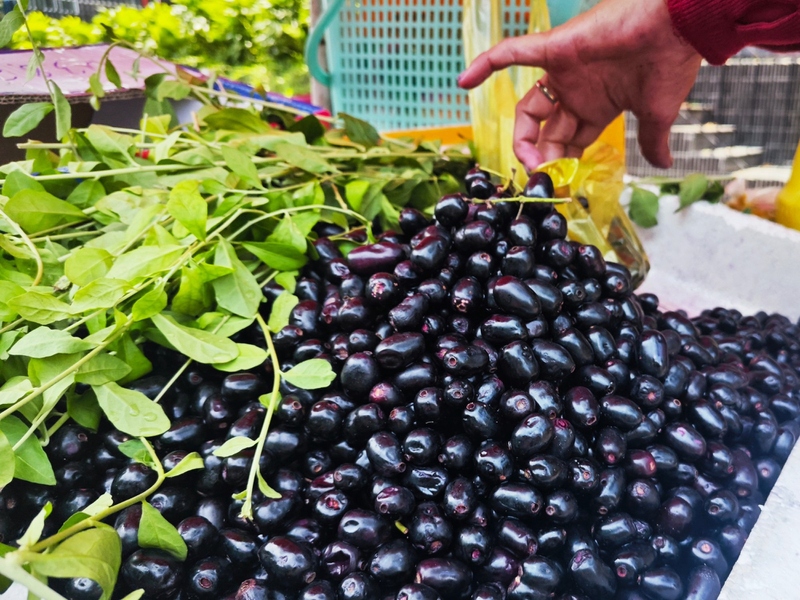
Amidst a plethora of imported fruits, the humble forest ebony stands out with its local charm. More than a rural treat, it embodies the connection between humanity and nature, between memory and the present. Each summer, as the purple berries appear, they evoke not just a delicacy but also childhood, carefree days by the hills and forests of the Western region.
In today’s fast-paced world, forest ebony serves as a reminder of simplicity, tranquility, and the enduring spirit of the countryside. This is what gives this small yet meaningful fruit its lasting appeal and value.

























